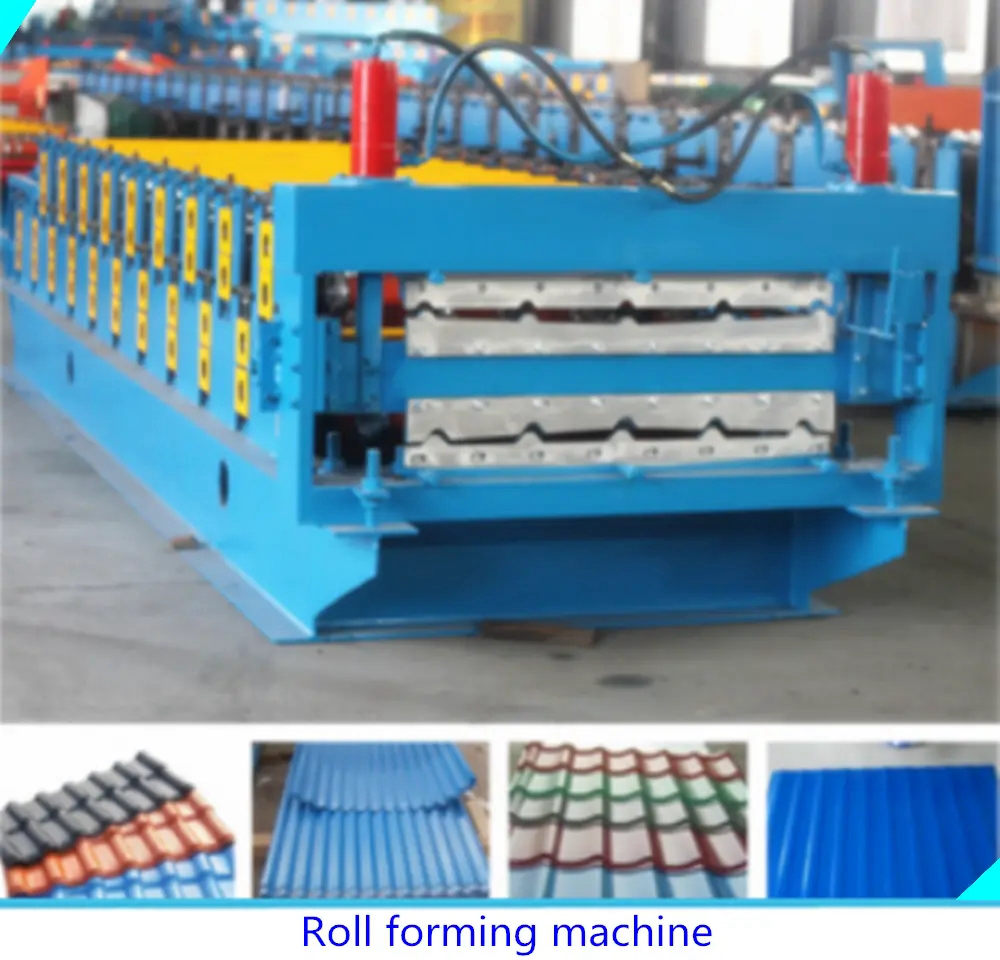
The Angle Iron Roll Forming Machine A Key Player in Metal Fabrication
In the realm of metal fabrication, efficiency and precision are of utmost importance. One of the essential tools that has emerged to meet these demands is the angle iron roll forming machine. This sophisticated piece of equipment is primarily used for producing angle irons—a versatile metal product widely utilized in construction and various industrial applications. This article delves into the functionality, advantages, and applications of angle iron roll forming machines.
Understanding Angle Iron
Angle iron, also known as L-shaped steel, is a type of structural steel that features a distinct right-angle shape. It is widely used in a variety of constructions because of its strength, durability, and ease of installation. Angle irons can be found in frameworks, braces, supports, and many other applications, making them essential in both residential and commercial construction projects.
Functioning of the Roll Forming Machine
The angle iron roll forming machine operates through a continuous bending process that transforms flat steel strips into angle iron of predefined dimensions. The process begins with raw steel strips fed into the machine. The machine progressively rolls these strips through a series of specially designed rollers. Each roller applies a precise amount of pressure to gradually shape the steel into the desired angle.
The computer-controlled systems in modern roll forming machines allow for exceptional accuracy, ensuring that each piece meets the required specifications. Advanced features often include adjustable roller stations, which accommodate various thicknesses and sizes of metal strips. Furthermore, these machines can produce high volumes of angle iron in a fraction of the time taken by traditional fabrication methods.
Advantages of Angle Iron Roll Forming Machines

1. High Efficiency One of the primary advantages of using an angle iron roll forming machine is its efficiency. The continuous forming process minimizes material wastage and reduces production time, allowing manufacturers to meet increasing demands without compromising quality.
2. Cost-Effectiveness By automating the production process, roll forming machines help reduce labor costs. The minimal need for manual intervention further streamlines operations and ultimately lowers the overall production cost.
3. Versatility Today’s roll forming machines are highly adaptable and can produce various angles, sizes, and thicknesses of angle iron. This versatility enables manufacturers to cater to a broad spectrum of industries, from construction to transportation.
4. Consistency and Quality Precision engineering ensures uniformity in every piece produced. This reliability is crucial in applications where structural integrity is paramount, making roll-formed angle iron a preferred choice for engineers and builders alike.
Applications of Angle Iron
Angle iron finds extensive usage across multiple sectors. In construction, it serves as a foundational element in beams and frames. In manufacturing, angle iron is often utilized in machinery and equipment support structures. The automotive and aerospace industries also leverage angle iron for various parts and assembly applications, demonstrating the material’s importance across diverse fields.
Conclusion
In conclusion, the angle iron roll forming machine is a vital tool in modern metal fabrication. By transforming raw materials into essential structural components efficiently and accurately, it plays a crucial role in various industries. As technological advancements continue to evolve, these machines are likely to become even more sophisticated, further enhancing their impact on production efficiency and quality within the metalworking industry.